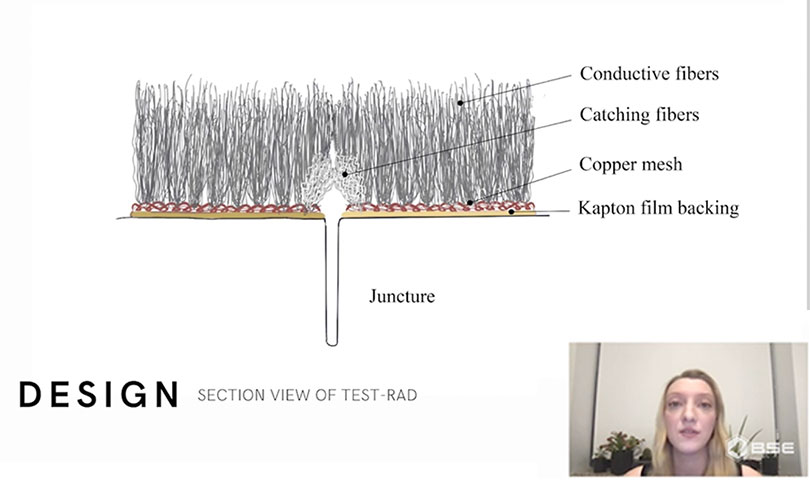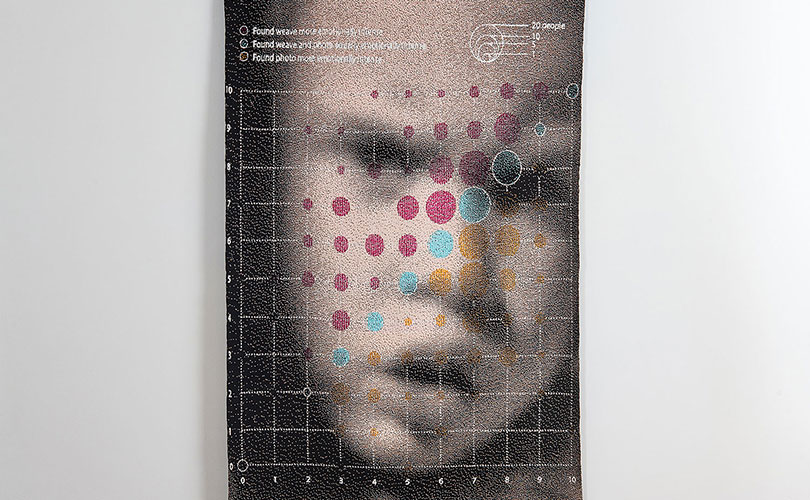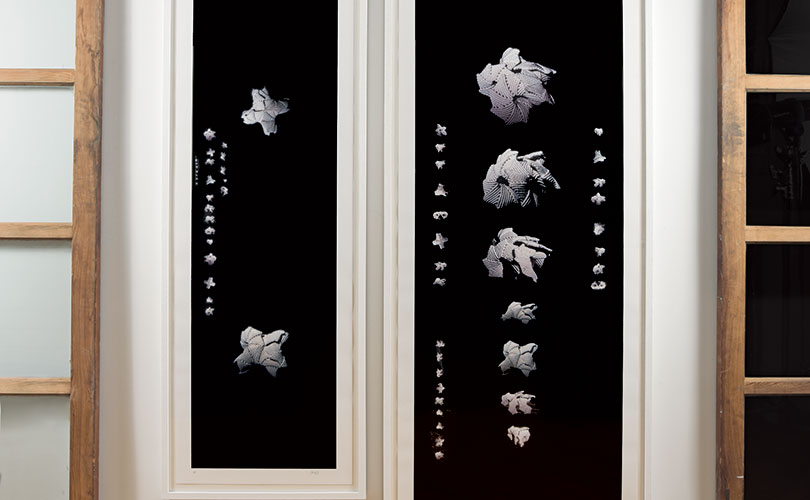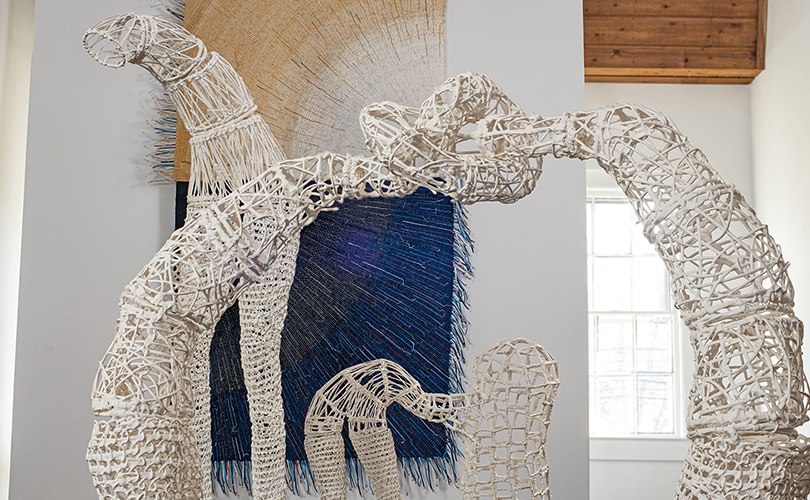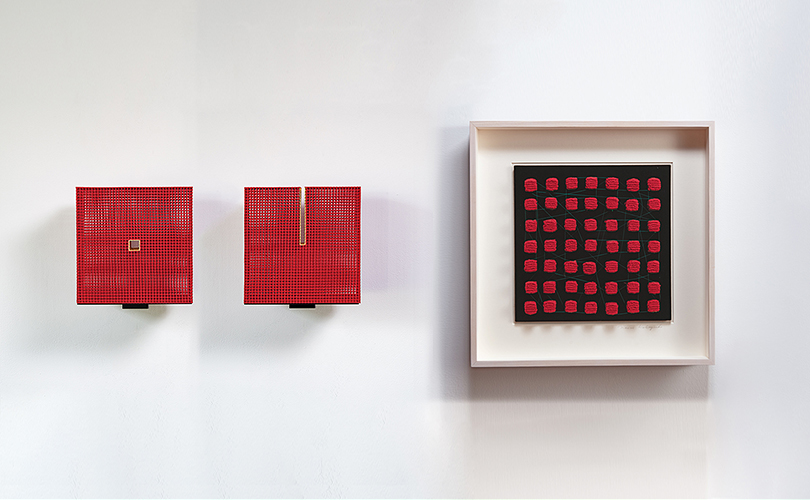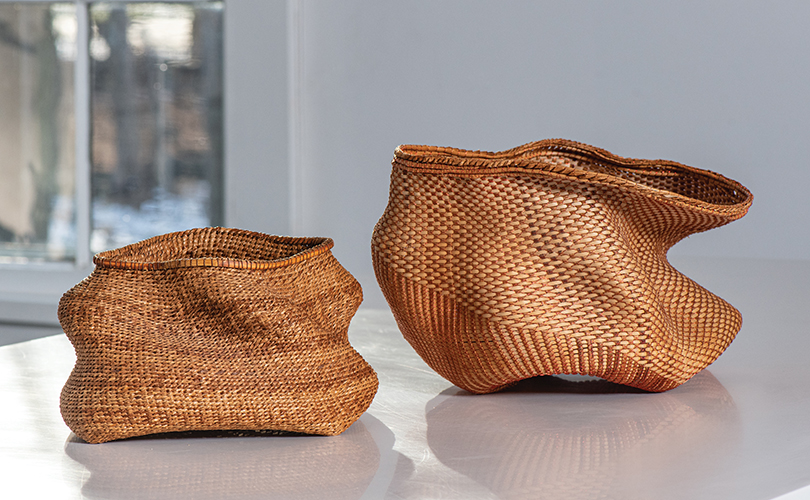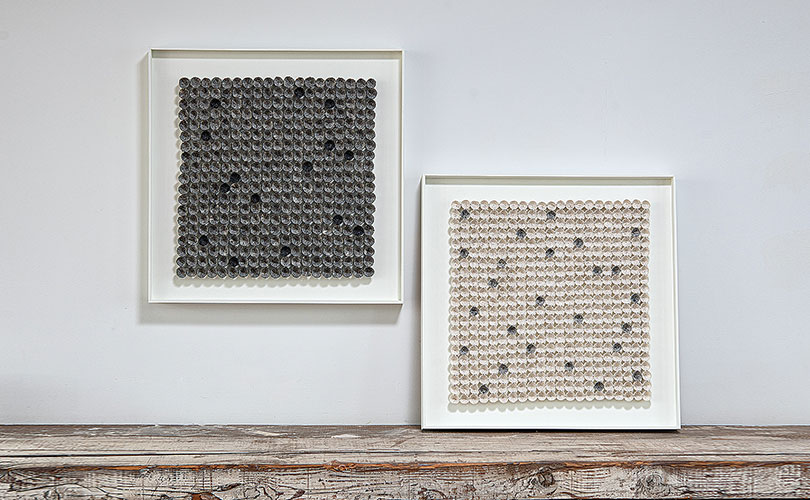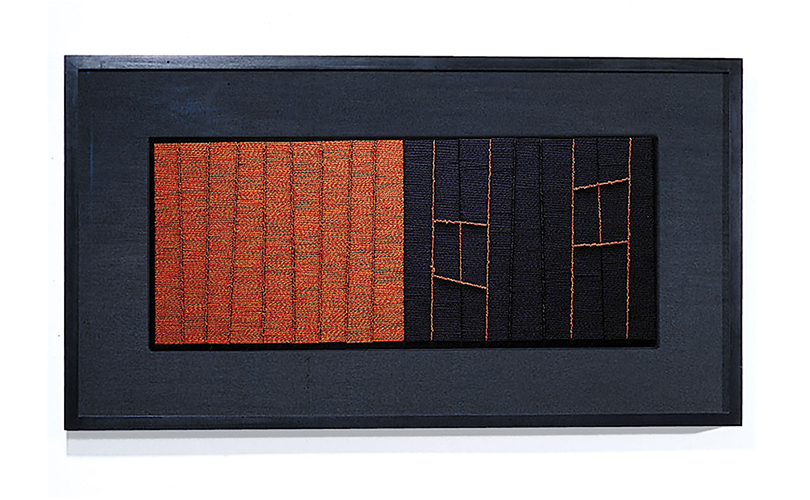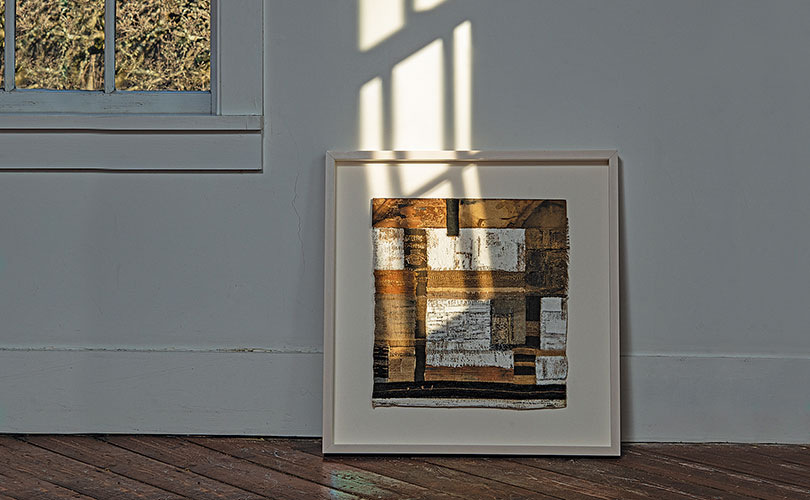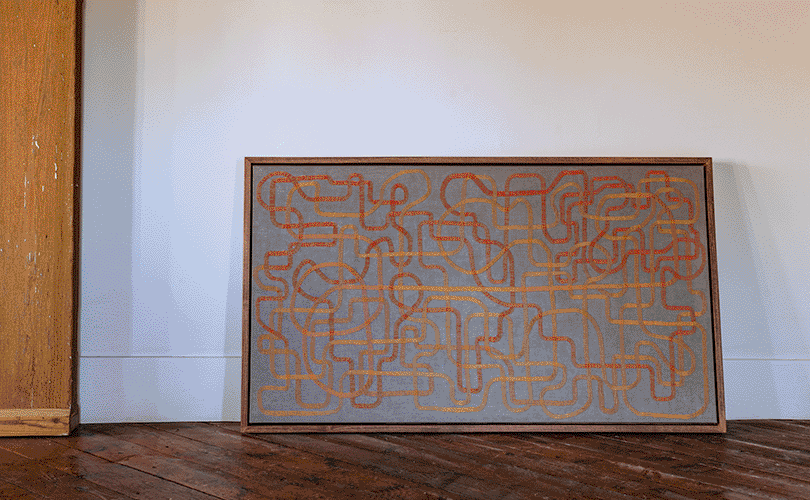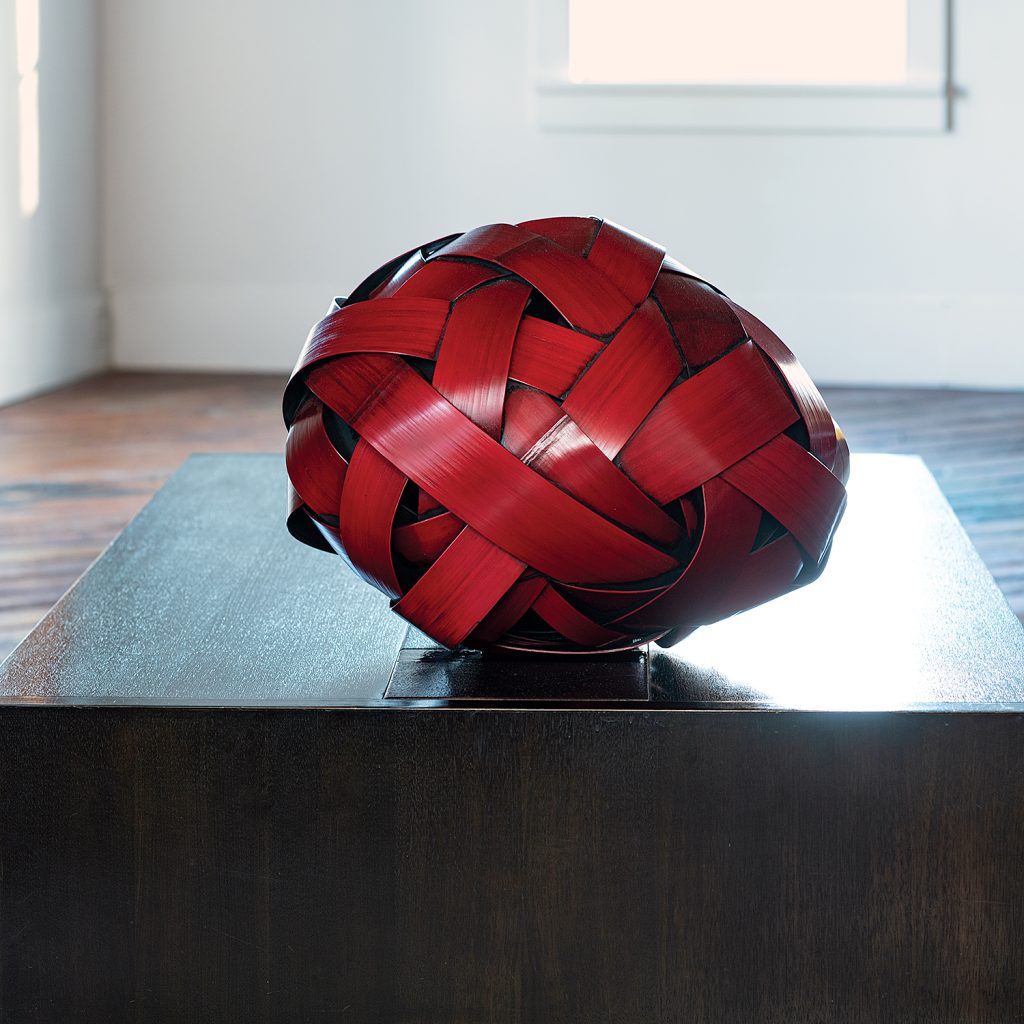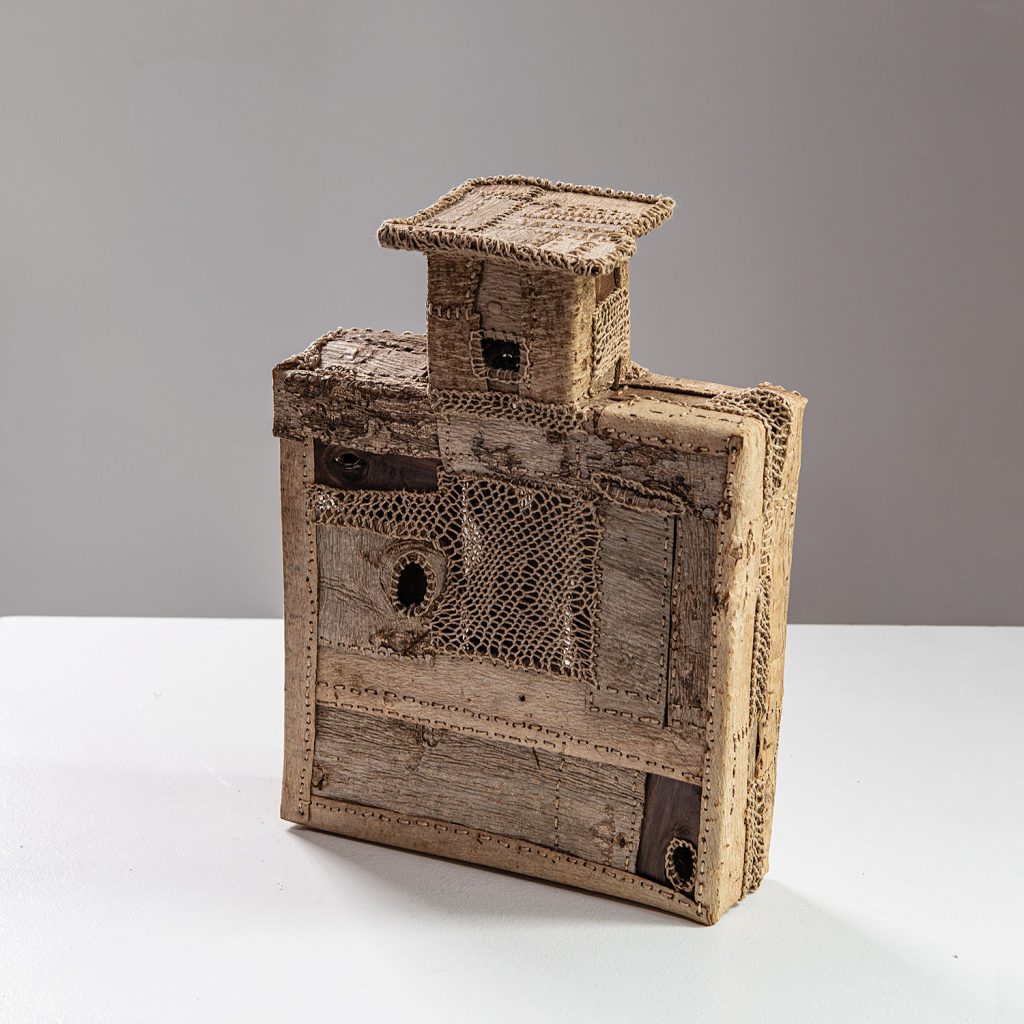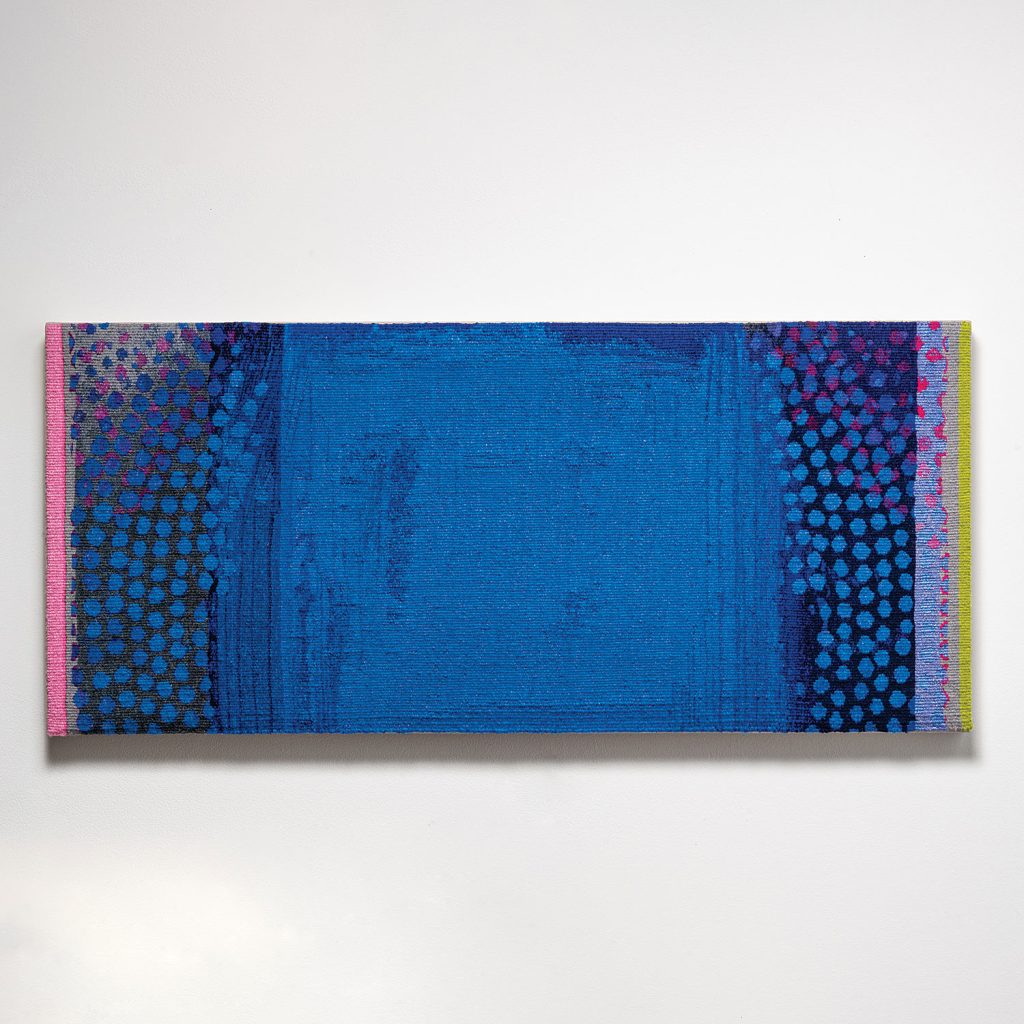As the spring season kicks off, our bright, blooming artists continue to amaze us with their contemporary and innovative pieces that continue to push the envelope within the art community. Throughout the month of March, we introduced you to pieces from Lija Rage, Paul Furneaux, Mary Giles, James Bassler and so many other talented artists. Read on for a closer look at the work from these artists!
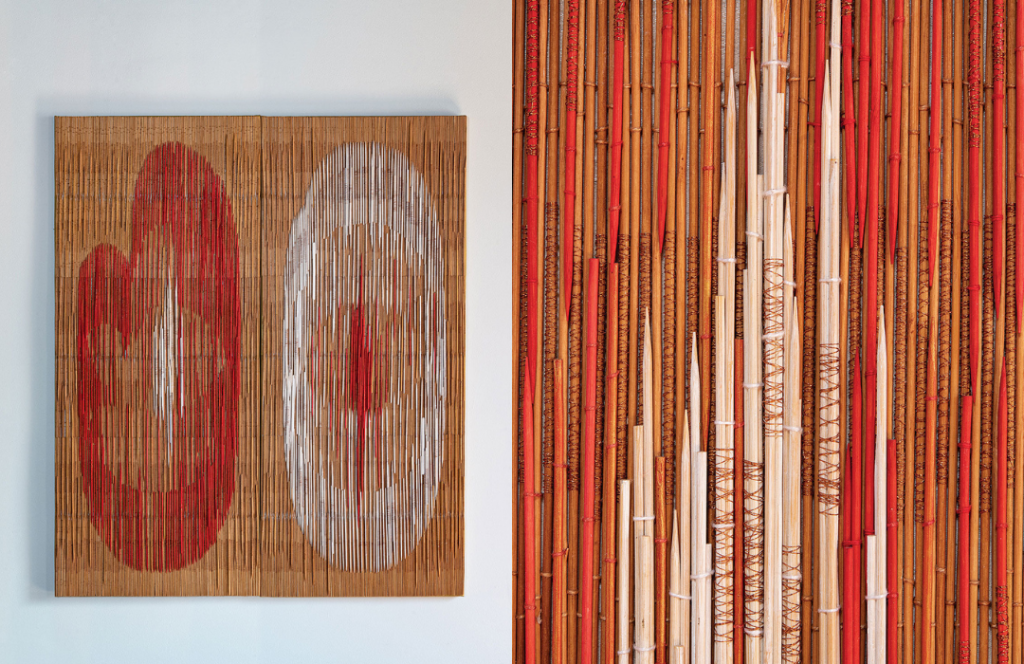
This lively piece, Beginning, was created by Latvian artist, Lija Rage. Rage has said that she often finds inspiration from her homeland – drawing vibrant colors and attributes from the rich and diverse elements in Latvian nature and infusing them into her art.
In addition to the bright themes that can be found throughout Rage’s pieces, her artwork is also often created with bamboo and copper wire elements.
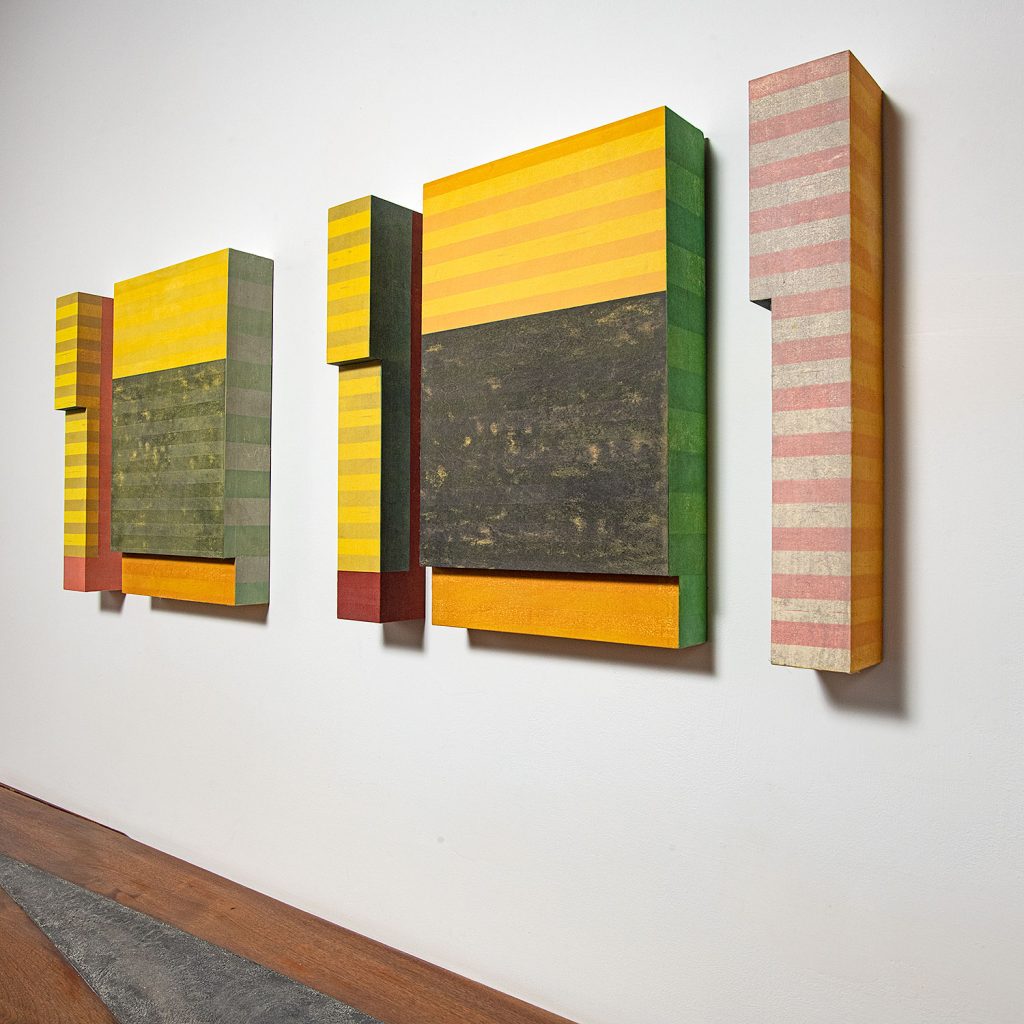
Scottish artist, Paul Furneaux, consistently impresses us with his inspired use of traditional printing techniques within his art. Furneaux has been perfecting his use of traditional Japanese woodblock printing techniques for over the past decade, and his expertise shows clearly throughout his work.
When asked about his printing technique of choice, Furneaux said: “This inherently beautiful and simple process has allowed my work to develop in a contemplative and semi-abstract way.”
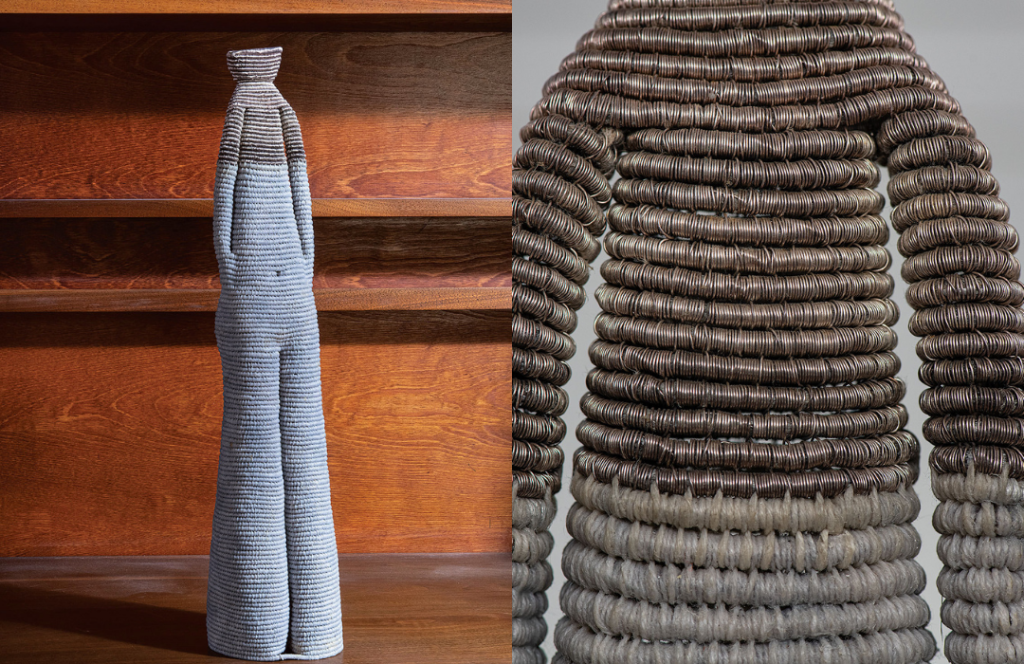
This innovative piece comes from the late Mary Giles, an American artist who was and is near and dear to our hearts at browngrotta arts. Throughout her career, Giles created dynamic artwork that ranged from mixed-media coiled baskets that are sculptural in nature, totems and three-dimensional wall works.
Her work is known for its tactile qualities and the reflective and malleable materials that it’s composed of.
Before her death in 2018, the wall panels she created were inspired by her growing concerns about our population and problems that plague the word.
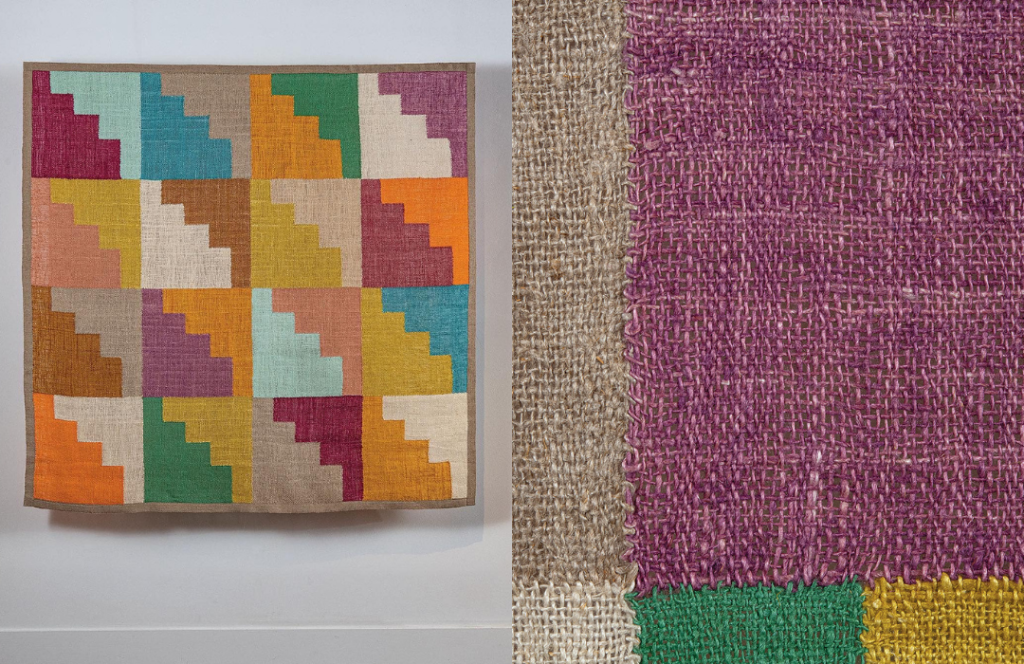
synthetic dyes; four-selvage construction; 55” x 56” , 2006. Photo by Tom Grotta.
This artwork was created by James Bassler, a renowned American fiber artist based out of California. Bassler has built his career around the art and craft of weaving. He is well known around for his use of ancient pre-Columbian techniques and materials, which he uses to create traditional works with contemporary themes.
Bassler has spent a lifetime investigating Peruvian and cube weaving and other techniques and materials like nettle and cochuyi. In some of his works, though, politics takes center stage.
We have so many exciting things (art and exhibitions alike) in store as the spring months unfold, so keep your eyes peeled for all that awaits! We will also be introducing our followers to new art every Monday, so follow us on social media to stay up-to-date on all the new art we’re bringing to the table.

